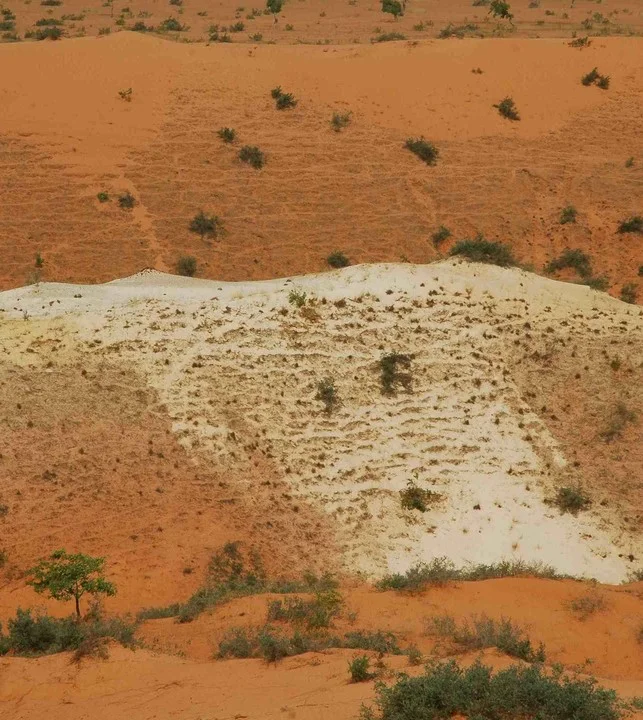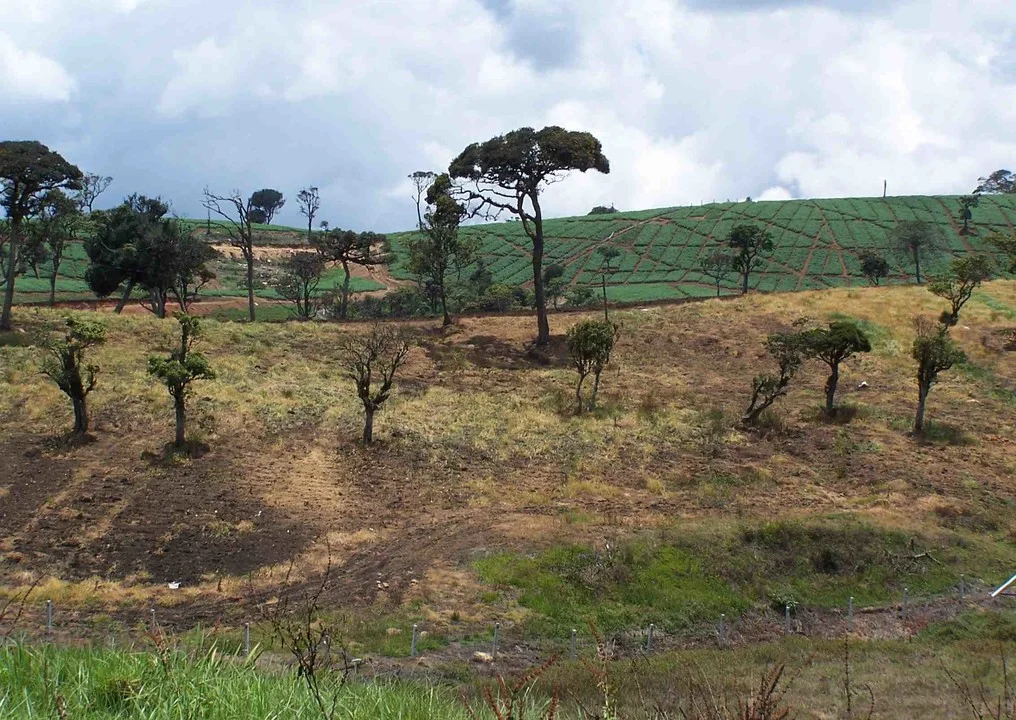Sri Lanka’s position paper on Climate Change given at the COP21 in Paris stated :
“We are aware that the optimum operating temperature of chlorophyll is at 37 deg C. In a warming world where temperatures will soar well above that, food production will be severely impacted. We would request the IPCC to address responses to this phenomenon”.
This statement is now being vindicated by the temperature profiles that we are seeing over the planet. July 2016 was the warmest on record. Thankfully the bursts of extreme temperature are restricted to short episodic events, but the trend is that these events will become more commonplace in both frequency and duration. Heat-waves will become a disturbing phenomena that leaves little room for adaptation.
Why are heat waves so dangerous? It is because extreme temperatures experienced in heat waves often exceed the threshold for enzymatic activity. In humans this phenomenon leads to heat stress results in death. The same pattern follows for plants and animals. But I a warming world, long before thermal collapse, we would have succumbed to hunger.
All of agriculture depends on the good growth of plants, all plants rely on their chlorophyll to grow and produce. Chlorophyll is a molecule that functions to an optimum at about 37degrees, above that temperature, its performance falls. In heat waves often exceeding 38 degrees plant productivity will impact photosynthetic productivity and there will be a yield drop. Today, many regions of the world are recording surface temperatures exceeding 40 degrees
The danger to agricultural production is further exasperated by the reliance on chemical farming with so-called ‘high yield ‘ crops of the so called ‘Green Revolution’. These crops have been bred by reducing the plant’s maintenance biomass (leaves and roots) in exchange for crop biomass (seeds or fruit). The reduction of the plant’s natural defences being made possible by the use of chemical fertilizers and toxins . But in a high temperature situation when chlorophyll is functioning sub-optimally such reductions in leaf volume will bring serious crop losses.
Chemical fertilizers are produced using large amounts of energy, usually fossil energy. The creation of this fossil energy results in the discharge of huge volumes of Carbon Dioxide into the atmosphere. This, in addition to the fossil carbon footprint of agro toxins and fossil fuel use adds greatly to global warming which in turn creates the dangerous heat waves around the planet and finally affects the farmer through increased heat stress on the crop.
What are the ways out? One would be to look for plants that have a wide heat stress tolerance; another will be to design future agroecosystems that can use the heat reducing mechanisms of ecosystems to respond to temperature raises.
However one urgent national needed to deal with climate change is to begin mapping out high risk areas in the future and warm farmers in those areas of the steps they should take to adapt to the oncoming changes. Probability maps need to be constructed for temperature, rainfall intensity, wind intensity and salt-water intrusion.
The current rush in high rise construction needs to be critically examined under such a scenario. Recent studies in the US confirm that air conditioning has become a major contributor to Climate Change because of the use of hydrofluorocarbons (HFCs). HFC’s are 3830 more powerful than Carbon Dioxide as a Greenhouse Gas. The Fossil Carbon cost in generating the energy of such air conditioning has not been addressed. Nor has the contribution of Carbon Dioxide in making cement which works out that cement is sixteen times more powerful, weight for weight, as petroleum is in producing Greenhouse Gasses.
The tragedy in nations like Sri Lanka is that, while grand statements are made about global responsibilities and when even the President himself promised a fossil free path to development, the country is being carved out to be parcelled out to ‘ industrial developers’ with no limits on the percentage of impervious surfaces, fossil carbon output or industrial toxins, that can be allowed and who are set to increase Sri Lanka’s Carbon Footprint exponentially with massive urban infrastructure based on concrete and air conditioning based on fossil energy. This unreported and unchecked growth of Carbon Dioxide outpouring will increase Sri Lanka’s Carbon footprint until it increases way above the current, responsible, ‘under 2 tons per capita’ carbon output. Not only will this be an irresponsible action as a nation it will also ensure the inevitability of a heat stressed future that will place all of us on a hot seat to disaster !







